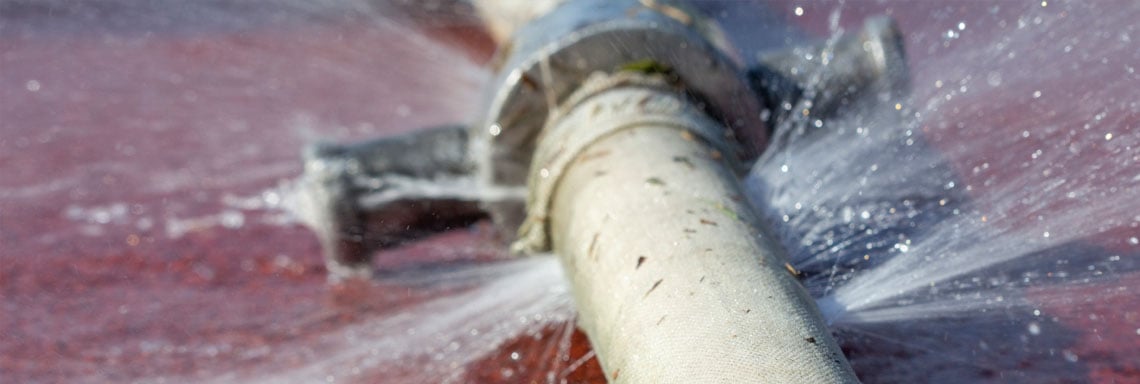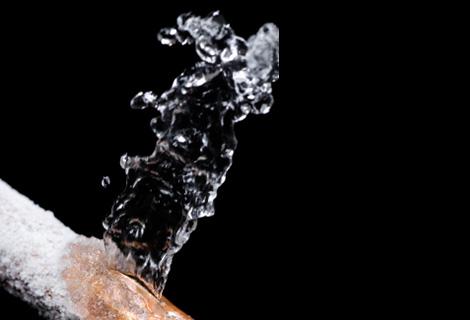Essential Septic Tank Maintenance Guidance Every Homeowner Needs to Know
Essential Septic Tank Maintenance Guidance Every Homeowner Needs to Know
Blog Article
We have stumbled upon this article relating to What To Do And What Not To Do When Dealing With Water Damage directly below on the web and believe it made sense to write about it with you here.

What should you do if a pipes bursts in your home, creating a mini-waterfall and also swamping an area of your home? In this circumstance, you need to act quick. The longer you wait, the more extreme the water damage in your home. When an emergency like this occurs, presence of mind is vital. For these factors, you need to learn what to in case of a ruptured water pipe. Check out the adhering to ideas below to aid you act quick because time is of the essence.
Shut down the Main Waterline Shutoff
The first thing you have to do is shut the shut-off valve. Seek the regional shut-off shutoff to turn-off water in one particular location only. You have to turn-off the major waterline valve if you do not understand where the localized shut-off valve to the component is. This will certainly cut off the water in your entire house. Generally, the main shutoff is found outside the house alongside the water meter. You can also find it in the cellar at an eye-level or it could be in the First floor on the ground if it's not there. Typically, home builders but the shut-off shutoff in the main ground degree restroom or appropriate beside it.
Call Water Damages Restoration Pros for Assistance
After shutting the water resource, call the pros for aid. Since they need to repair the pipelines and attend to the damages to your home, this is not something you can conveniently DIY. Look for aid from a trusted firm using 24/7 emergency services. With their professional aid, you can reduce worsening due to the fact that water can seep with your points resulting in warped walls, loosened tiles, or damage framework. Do not take this problem lightly as well as look for career guidance for total satisfaction.
Document the Damage For Insurance coverage
As you are waiting for the pros to get here, record the damage caused by the errant pipeline. Remaining positive with this enables you to file a claim for insurance coverage, which will certainly assist you and your family obtain back on your feet.
Recover Things That Can Be Saved
As soon as you're done taking images, browse the items and obtain one of the most essential ones from the stack. Dry them off and also attempt to protect as much as you can. Drag them far from wetness so they can begin to dry.
Begin the Drying Process
Thankfully, water from your waterlines are clean so you do not have to worry concerning sewer water. The streaming water might have disrupted the dirt and particles in your carpets as well as floorboards. Be prepared with handwear covers as you make use of buckets to discard out the water.
Professionals are the just one certified to fix the burs pipelines and also subsequent damages. And also remember, pipelines do not just unexpectedly ruptured. You will usually see red flags like bubbling paint, unusual noises in the plumbing, moldy smell, caving ceiling, peeling off wallpaper, or water stains. Focus on these points, so you can nip any problems in the bud.
What should you do if a water pipeline ruptureds in your residence, creating a mini-waterfall as well as swamping a location of your residence? For these reasons, you need to learn what to in situation of a ruptured water pipeline. After closing the water resource, call the pros for assistance. With their specialist help, you can alleviate worsening because water can leak via your things resulting in distorted walls, loose ceramic tiles, or damages framework. Fortunately, water from your waterlines are tidy so you do not have to worry about drain water.
How to Handle a Burst Pipe and Minimize Damage
Steps to Take Ahead of Time
If you own property in an area that experiences cold weather, you need to be aware of seasonal maintenance tasks that will help you protect your property as the weather changes each year. One of the most important steps is to winterize your pipes to ensure they won't freeze or burst when the temperature drops. This includes action items like insulating any exposed pipes, detaching garden hoses and covering outdoor faucets. If the weather gets cold enough, you may even consider leaving a faucet dripping or opening cabinet doors during the coldest parts of the day.
No matter how prepared you might be, accidents and emergencies still happen. You'd be wise to set up a savings account specifically for your property so you have a "rainy day" fund set aside for unexpected expenses. All homes—regardless of age, location or condition—will inevitably need some form of emergency repair.
Steps to Take for Frozen Pipes
A frozen pipe will not necessarily burst, so if you can catch a frozen pipe early on, you could save yourself a major headache. When your area experiences frigid temperatures, be sure to check your plumbing and keep an eye out for warning signs like faucets only releasing small amounts of water or toilets not refilling when flushed. If you do run into one of these issues, you're likely dealing with a frozen pipe.
If this happens, your first step should be to cut off the water supply to that section of the plumbing. Expanding and freezing water can quickly cause damage. Even if the water supply is shut off, you will likely still deal with some leaking from the water that defrosts after the pipe has thawed. Be prepared with a mop, bucket and/or towels to quickly soak up any excess water.
In order to thaw a frozen pipe, you can use a space heater, infrared or incandescent heat lamp, or even a hairdryer to warm up the frozen area. Heat tape is also an option and should be used according to manufacturer instructions. Do not use any sort of open flame to thaw frozen pipes, as it poses a major fire hazard and can damage your pipes further.
Steps to Take for a Burst Pipe
Water damage claims are the second most common insurance claim in the U.S. When you're dealing with a frozen pipe, the water continues to expand as it freezes, which creates pressure that can cause a pipe to burst. When this happens, the crack or leak in the pipe allows water flow from the pipe to enter your home where it shouldn't. If a pipe does burst, you need to act quickly to mitigate property damage and repair cost.
Your very first step should be to shut off your main water supply to minimize flooding—typically the most expensive damage to address. Once you've shut off the water supply, make sure you identify the entire area that has been impacted by the leak. Remove as much water as possible—as quickly as possible—using a mop, sponges, towels or a shop vacuum or wet/dry vacuum. To prevent long-term damage due to moisture build-up, run a dehumidifier or fan in the affected area. Contact a licensed plumber to ensure the pipe is correctly repaired before running any water to that section of the home again. Burst pipes and the associated water damage are something you absolutely want to avoid as a property owner. If you've had to learn your lesson the hard way, don't let yourself get caught in a similar situation during the next spell of cold weather. The best way to deal with frozen or burst pipes is to prevent them in the first place—proactive winter maintenance will save you time, money and a whole lot of stress.

Do you really like more info about What You Should And Shouldn’t Do When Dealing With Water Damage? Make a short review below. We would be pleased to find out your feelings about this blog entry. Hoping to see you back again later on. Enjoyed our write up? Please share it. Help another person find it. We take joy in reading our article about The Do’s And Don’ts After Water Damage.
Report this page